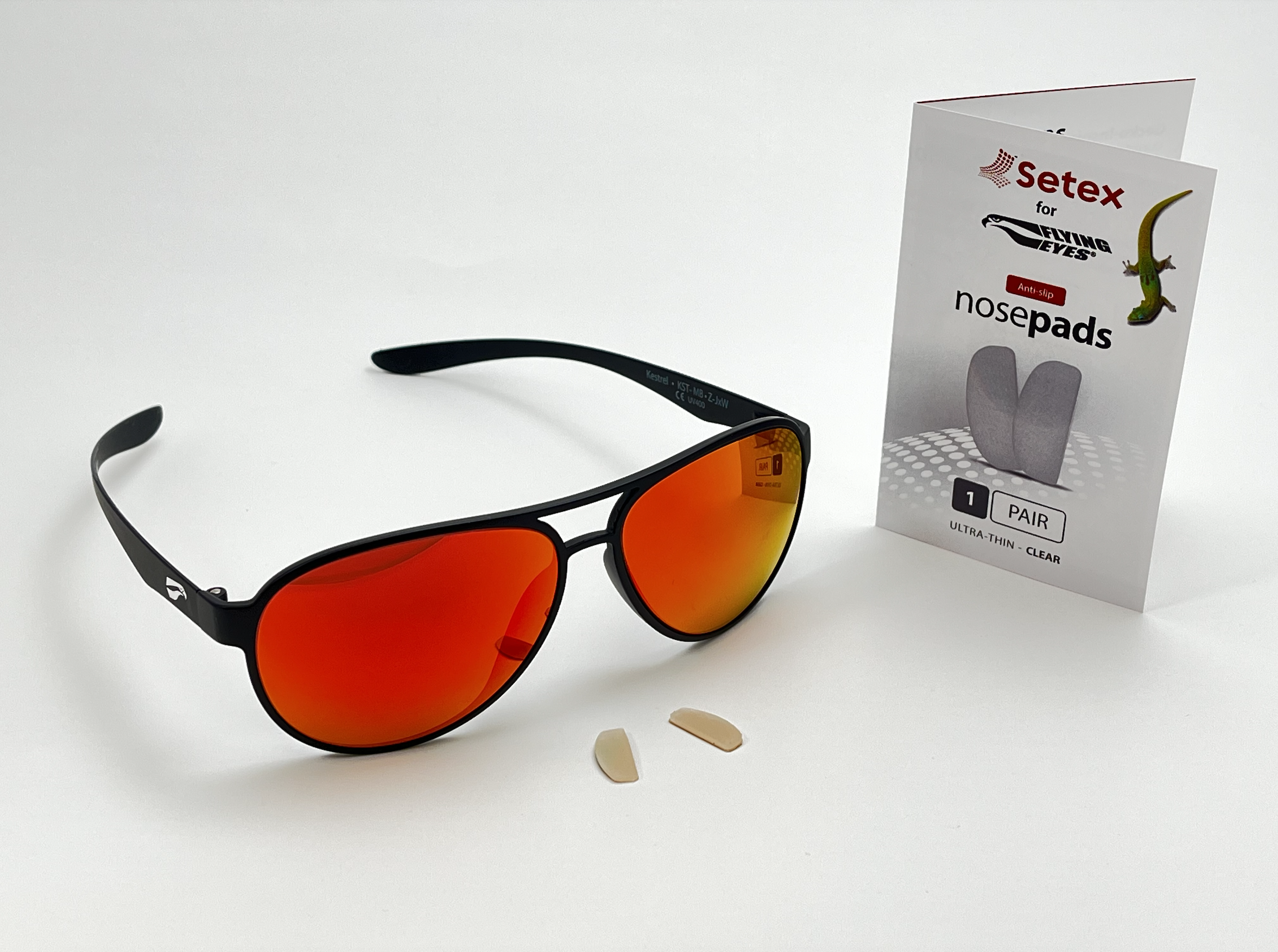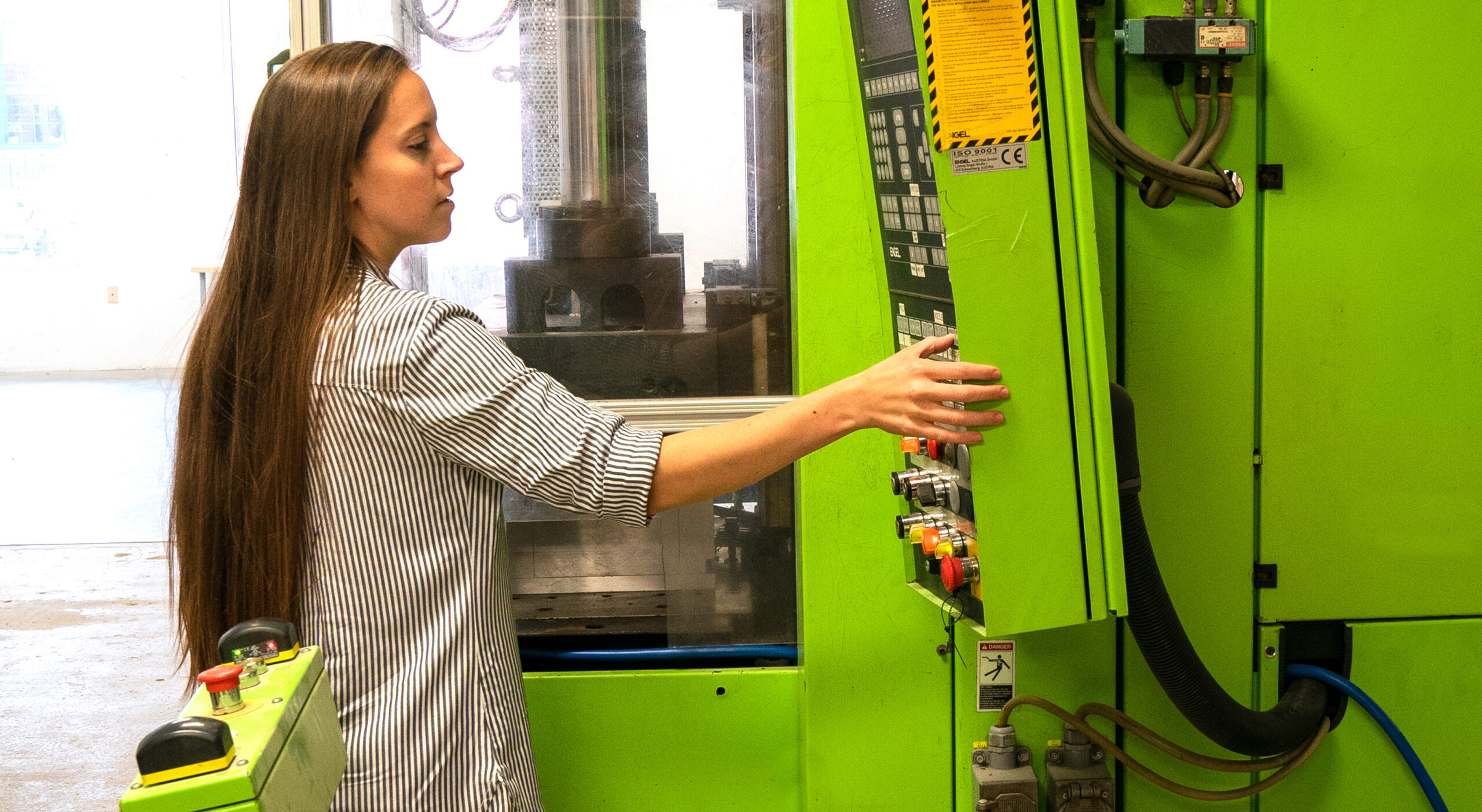Mass production is rapidly moving towards sustainability, with product development relying on 3D printing technology to design green-friendly products. Traditional production processes often require the use of raw materials that have to be formed through subtractive manufacturing, creating waste.
Because of the increased awareness of carbon footprints, there is an attraction to 3D printing in the hopes of reducing carbon dioxide emissions. Scholars at Delft University of Technology predicted that by 2050, additive manufacturing could potentially reduce energy consumption globally by 25% , which is a significant change.
When first introduced to the industry, printers were priced at more than $40,000 dollars, and now they are much more accessible to the average person, costing as low as $100 dollars. The appeal of 3D printing is that it lowers R&D and production costs, reduces inventory costs and lead time, allows brands to personalize products, and produces little waste.
Many different materials can be 3D printed; powders, resins, carbon fiber, metal, paper, and the list goes on. Plastics are the most common material used because they are one of the most affordable and accessible materials to use. The two most commonly used plastics are Acrylonitrile Butadiene Styrene and Polylactic Acid.
One of the first materials linked to 3D printing is Acrylonitrile Butadiene Styrene, or ABS, which is a high-strength thermoplastic polymer. During the printing process, ABS is forced through an extrusion head into long, thin filaments. ABS is ideal for research and development or R&D departments to manufacture prototypes.
Polylactic acid, or PLA, is a biodegradable thermoplastic that is composed of renewable raw materials such as tapioca root, sugarcane, or cornstarch. Because of its ecological nature, less maintenance is required. It requires heat and little post-processing treatment. PLA has been used for producing plastic cups and even medical implants, and can be used for rapid prototyping.
The ability to customize just about any product on a small or large scale has opened the door to producing scarce medical devices and implants as well as car parts.
The story of Garrett Peterson is one of the most inspirational success stories of how 3D printed products can be life-changing. In 2012, Garrett Peterson was born with a defective windpipe and spent the first year of his life in the hospital on a ventilator. At the time, doctors at the University of Michigan C.S. Mott Children’s Hospital were using this technology to customize tiny devices called “splints” designed to prop open defective windpipes for babies. At 16 months, Garrett was able to undergo the surgery to save his life and has since been able to breathe properly.
Bioprinting is a form of additive manufacturing using biomaterials to create 3D humanlike tissues. On the low end, bioprinters run at about $3,000 dollars, and the materials to change someone’s life only cost about $20. This is a low price to pay for materials that make customized medical devices.
The automotive industry is always looking for alternatives that will lower the cost of production and reduce the amount of time spent building vehicles. Cars are costing manufacturers thousands of dollars less than traditional car manufacturing.
This technology only uses the amount of plastic needed to build your car parts without leaving an excessive amount of waste that cannot be recycled. It allows manufacturers to stay on trend with market changes and approach products with more flexibility. It also allows room to make changes throughout the design process, as parts can be manufactured as you need them.
In 2018, a team of US Marines based in Maryland had to find a landing gear component that was attached to the door of an F-35 fighter aircraft. By using 3D modeling and printing software, they replicated the component, and it only cost them nine pennies.
The future of 3D printing is going to continue to push the limits on what can be replicated or created. In fact, some are already studying how 4D can be implemented into product development. The MIT Self-assembly Lab has been studying 4D printing, the process by which a 3D printed object transforms into another structure through the influence of external energy such as light, environmental stimuli, or heat.
The future seems more green and advanced with all of the opportunities granted through modern day 3D printing technology. Its inexpensive costs, flexibility, ability to rapidly prototype and create personalized items while reducing waste is appreciable. There are endless possibilities in product design.

